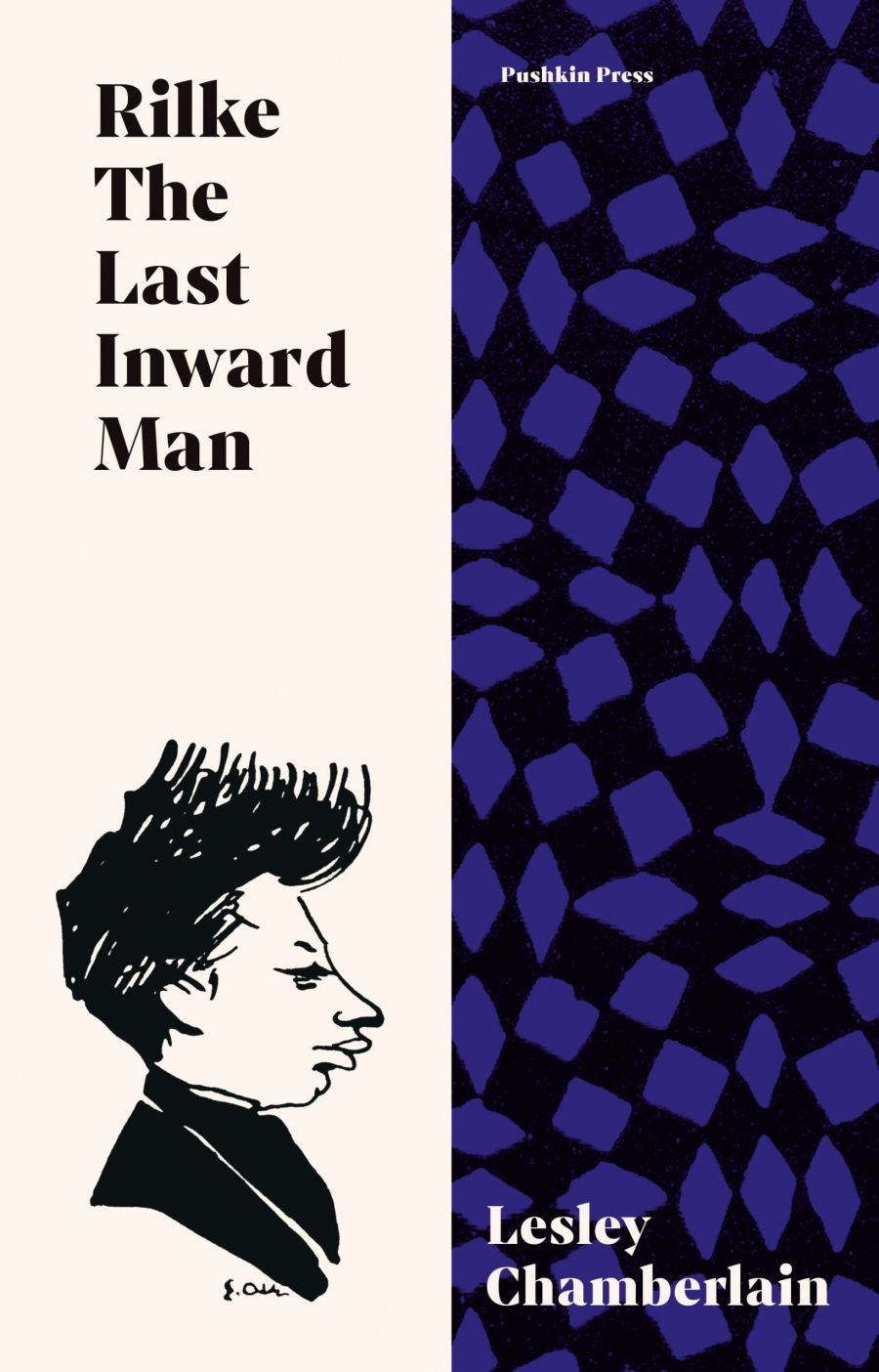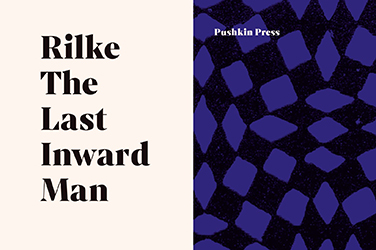
- Free Article: No
- Contents Category: Biography
- Review Article: Yes
- Article Title: A poet ‘in between’
- Article Subtitle: The anomaly of Rainer Maria Rilke
- Online Only: No
- Custom Highlight Text:
Since his death in 1926, almost a century ago, the poet Rainer Maria Rilke has remained an anomaly. He was doomed, Lesley Chamberlain says in Rilke: The last inward man, to be a poet ‘in between’: a bridge between modernism and Romanticism, his work an inevitably compromised attempt to reclaim the consolations of metaphysics for a secular age. Despite this – or perhaps because of it – Rilke’s poetry has remained enduringly popular. There are dozens of translations of his notoriously complex poetry into English, and a plethora of critical writing, some of it leaning into a sentimentalised hagiography that is too easily parodied. In Reading Rilke: Reflections on the problems of translation (1999), William H. Gass perhaps best catches the ambivalence one feels approaching the man and his work:
- Featured Image (400px * 250px):

- Book 1 Title: Rilke
- Book 1 Subtitle: The last inward man
- Book 1 Biblio: Pushkin Press, $39.99 hb, 320 pp
Somehow, rather than bringing Rilke’s work forward into the twenty-first century, Chamberlain places it back in its time as a great poetry marked by Rilke’s self-obsessed nostalgia for an expression that is on the verge of vanishing altogether. ‘For much of my life,’ Chamberlain writes, ‘I’ve been drawn to Rilke because in his presence art can still stand in for a dying capacity for spiritual contemplation.’ She lists the inevitable reservations, citing Theodor Adorno and Ludwig Wittgenstein, and then tells us that Rilke was ‘possibly given to us to help us withstand Wittgenstein’.
It is a dichotomy that is argued throughout the book: the richness of Rilke’s inwardness versus the brutal exteriority of modernist surfaces. And it’s certainly true that, as Chamberlain argues, Rilke’s poetry is as much a part of modernism as T.S. Eliot’s, a reflection of the great social and political ruptures of the early twentieth century. It is also true that his sensibility was at odds with many of the dominant voices of mid-century Europe, such as Bertolt Brecht and Franz Kafka. In 1936, says Chamberlain, Adorno claimed that the future was Kafka, not Rilke, and called Rilke’s inner life ‘pernicious escapism’. Chamberlain’s conclusion – ‘He built his own castle and invited no one in’ – seems to confirm those judgements.
Rilke: The last inward man is really a series of discrete essays, which generates a not entirely inappropriate sense of fragmentation, and is well researched and extensively footnoted. But there are odd elisions. In positing Rilke as the ‘anti-Wittgenstein’, for instance, Chamberlain says that Wittgenstein thought Rilke was ‘poisonous’, but doesn’t note that Wittgenstein was also one of his patrons, nor Marjorie Perloff’s suggestion that Wittgenstein never in fact read his poetry.
More problematically, in the chapter ‘Sexuality, Childhood and the Beginning of Things’, Chamberlain almost gleefully – and to my mind reductively – argues, via The Third Elegy, that the root of all Rilke’s poetry was masturbation (‘It took translators into English three decades before they dared name this event’). Perhaps it’s here that Chamberlain’s thesis of Rilke as a locked castle most ruptures. After all, Rilke had lovers, even a wife, and his writing is endlessly dialogic – it’s peopled with dedicatees, references to friends and so on. His persistent solitariness is that of the outsider who can’t fit in, but who longs to communicate.
Chamberlain extensively discusses Rilke’s formative relationship as lover and, later, friend of Lou Andreas Salomé (jarringly referred to as ‘Lou’), but there is zero mention of the possibility that Rilke was bisexual. Yet in his Life of Rilke (1996), Ralph Freedman strongly suggests that he was traumatically expelled from military school because of an intense homosexual relationship with a young man, Rudolf Fried. Chamberlain’s Rilke remains, despite an undeniable gender fluidity, resolutely heterosexual.
What’s glossed here is a quality that brings Rilke vividly into focus in the twenty-first century: how his poetry enacts his struggle with the dichotomies – masculine/feminine, death/life, spirit/flesh, inside/outside, and so on – that shaped and scarred both the world he was born into and his own psyche. Chamberlain leaves Rilke imprisoned in the binaries he attempted to escape all his life, with violence, failure, and, sometimes, sublime grace.
Perhaps the book’s most useful insight is that Rilke once had an ambition to study biology. Much of Rilke’s modernity lies in his precise observations of the natural world – his poetic language, especially in his ‘obscure’ later poetry, often makes you think of the complex sciences, of flocking or fluid mechanics. Chamberlain is absolutely correct about the materiality, the sheer sensuous pleasure, to be found in Rilke’s poems. But perhaps the best way to understand that is to read the poetry itself.


Comments powered by CComment